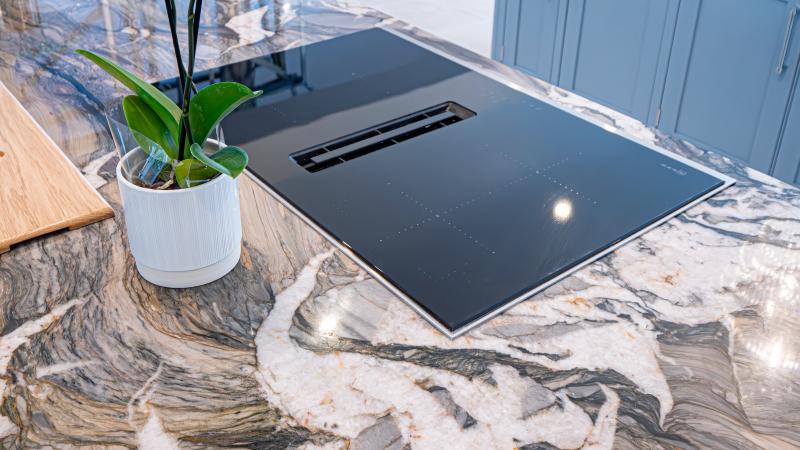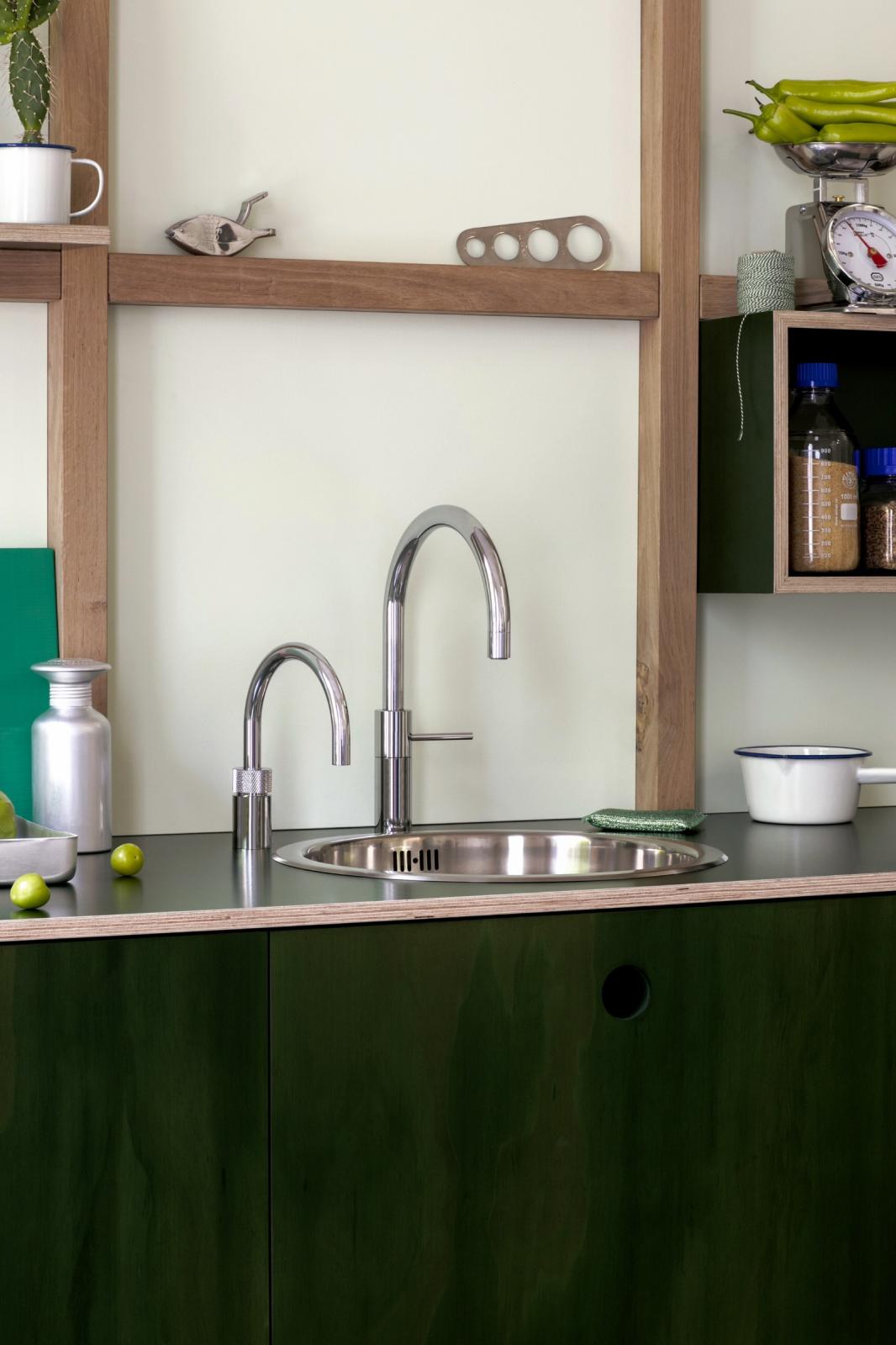Eco-Friendly Kitchens: Designing with Sustainability in Mind

In recent years, the heart of the home - the kitchen - has undergone a green revolution. As environmental awareness grows, homeowners are increasingly seeking sustainable solutions for their living spaces. Eco-friendly kitchen design not only minimises harm to the planet, but also promotes healthier indoor environments and long-term cost savings. From materials to appliances, every aspect of kitchen design can embrace sustainability.
Sustainable Materials
One of the most impactful choices in designing an eco-friendly kitchen is selecting sustainable materials. All Simon's timber suppliers are certified by The Forest Stewardship Council and our workshop is supported by the Carbon Trust. Plus, for every handmade kitchen or bedroom that we sell we contribute to the planting of a tree by the International Tree Foundation.
Opting for low-VOC (volatile organic compounds) paints and finishes - like those from British companies Mylands, Little Greene, Paint and Paper Library, Fired Earth and Farrow and Ball - is also crucial. These products release fewer pollutants into the air, creating a healthier kitchen environment. Additionally, using locally sourced materials reduces the carbon footprint associated with transportation and supports regional economies.
Energy-Efficient Appliances

Energy efficiency is at the core of sustainable kitchen design. Modern appliances now come with high Energy Star ratings, indicating they consume less power and water without compromising performance. Induction hobs, for example, are more efficient than traditional gas or electric stoves, using electromagnetic energy to heat cookware directly. Similarly, refrigerators and dishwashers with smart technology adjust usage based on need, conserving energy and water.
Lighting is another area where efficiency matters. Replacing traditional bulbs with LEDs not only reduces energy consumption, but also lowers electricity bills. Incorporating natural light through windows or skylights further decreases the need for artificial lighting during the day.
Waste Reduction and Recycling
An eco-friendly kitchen also addresses the issue of waste. Incorporating built-in recycling and composting systems encourages responsible waste management. Pull-out drawers with separate bins make sorting recyclables easy and convenient. A compost bin for food scraps can reduce landfill contribution while creating nutrient-rich soil for gardening.
Choosing durable, timeless designs also helps combat the culture of fast renovation. Avoiding trendy, disposable styles means the kitchen won’t need to be redone every few years, reducing construction waste and conserving resources.
Water Conservation
Water-saving fixtures, such as low-flow faucets and efficient dishwashers, play a key role in sustainable kitchens. Aerators can be installed to reduce water flow without sacrificing pressure, while dishwashers with eco-modes use less water and electricity per cycle.
A Holistic Approach
Creating an eco-friendly kitchen is about more than individual features - it’s about adopting a mindset of sustainability. Thoughtful planning, smart purchases, and conscious habits all contribute to a greener lifestyle. Whether renovating an existing space or building from scratch, prioritising sustainability in kitchen design is a powerful way to make a positive environmental impact.
Ultimately, an eco-friendly kitchen not only supports the planet, but also enhances the quality of life for those who use it. With mindful choices, we can cook, eat, and live more sustainably - one meal at a time.






